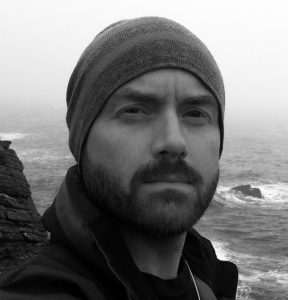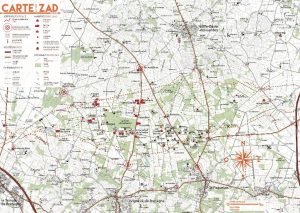Ryan Sandford-Blackburn is the Permaculture Association’s strategic communications coordinator.
Here he talks to us about what permaculture has achieved worldwide, and the solutions it offers to a range of urgent contemporary problems.

1) How would you describe permaculture to someone who was completely new to it?
Permaculture is much simpler than a lot of people believe. You can take courses and read dozens of books on the subject, and adding knowledge is always valuable, but you just need to grasp the basics.
Anyone who is working towards a more sustainable way of living is probably working within permaculture ethics without even realising it. There is benefit to conscious design, though.
It’s a practical approach to developing efficient systems in harmony with the natural world that can be used by everyone, wherever they happen to be in the world.
Permaculture encourages us to think carefully about how we use resources, while looking at how we can be as productive as possible for far less effort, which is something most of us would like to be better at!
It also encourages us to learn from nature and mimic how it deals with everything from water storage to diversity.
It began as a combination of the words ‘permanent’ and ‘agriculture’. But it’s a lot more than just food growing. Continue reading Designing to thrive: an interview with Ryan Sandford-Blackburn of the Permaculture Association

